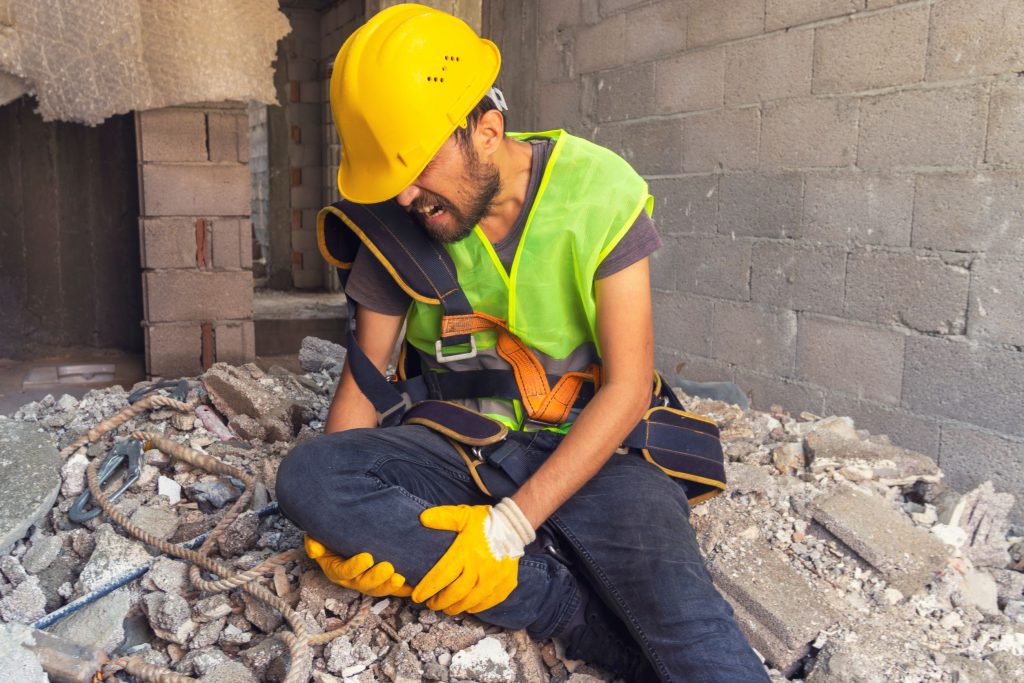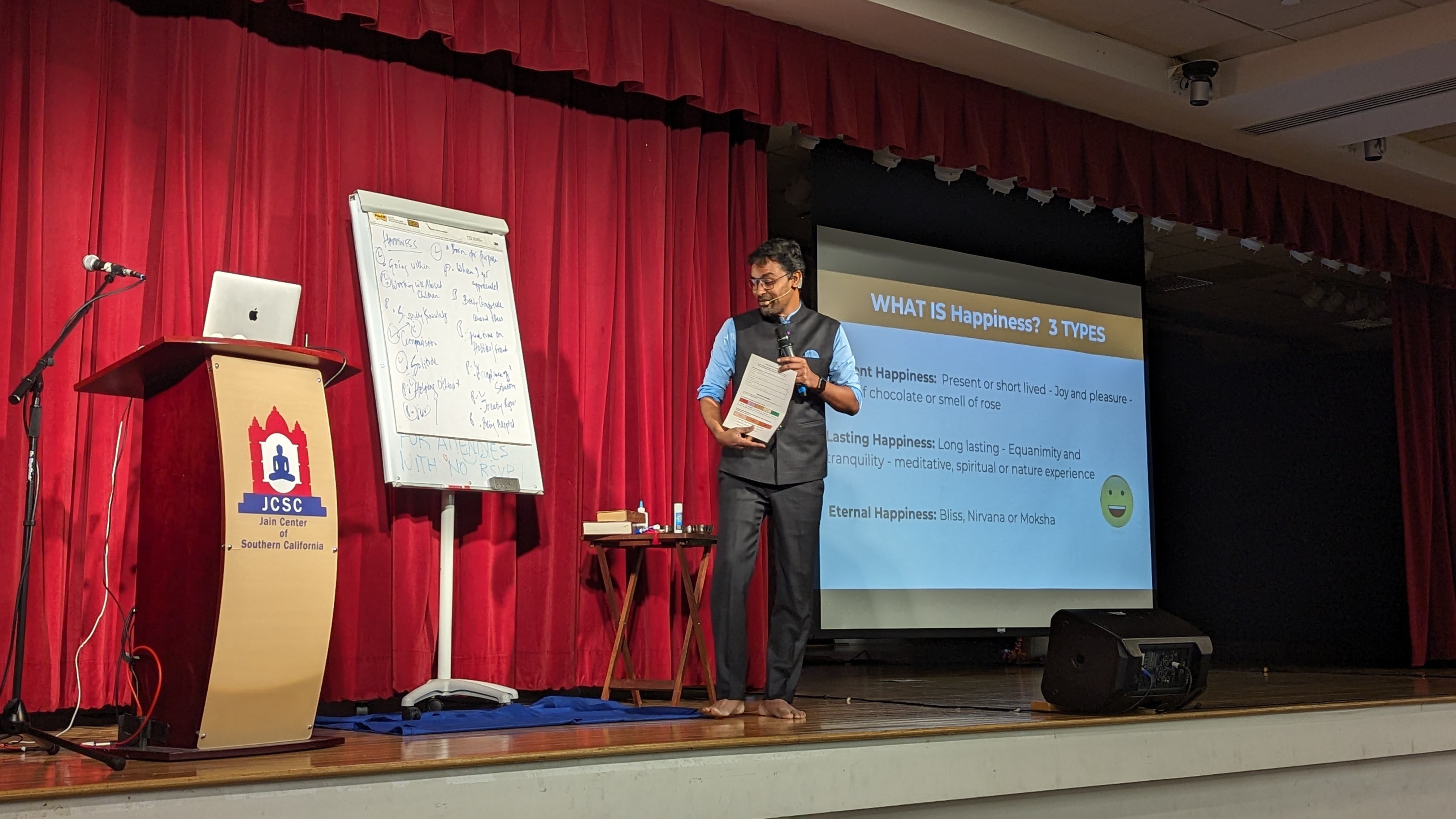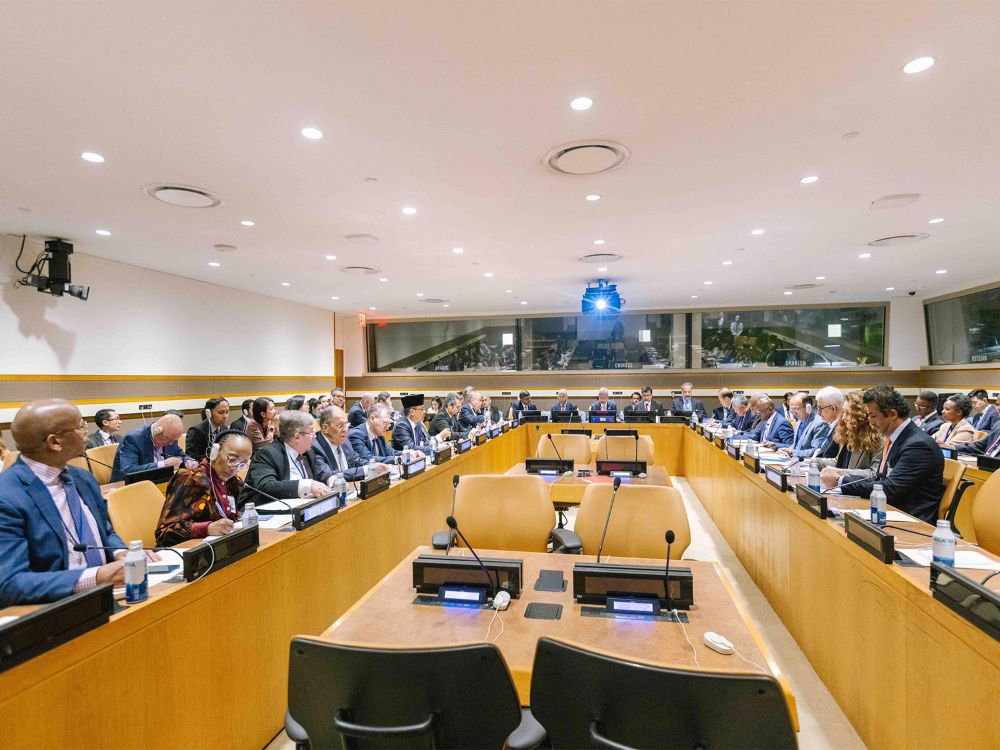Awareness outreach conducted during National Substance Abuse Prevention Month
Our Bureau
New York, NY
City agencies are taking action to prevent fatal overdoses in the construction industry after survey data revealed that construction workers led occupational groups in overdose deaths. In response to this troubling data, the City’s Health and Buildings Departments is sending an alert to the City’s construction industry about the potentially fatal dangers associated with substance abuse, along with tools they can utilize to prevent fatal overdoses.
Staff from both departments will also be visiting construction sites in the days ahead to discuss substance abuse issues, the dangers of fentanyl, how to use Naloxone to prevent a fatal overdose, and work site safety, giving critical information directly to workers on how they can keep themselves safe both on and off the construction site.
“The opioid crisis has hurt people in every community and at every phase of life, so we must be comprehensive in our efforts to tackle it and keep New Yorkers safe,” said New York City Mayor Eric Adams. “New York City is facing a deadly and devastating opioid crisis, and that’s why last month, our administration convened elected leaders, public health officials, and law enforcement from across the nation to develop strategies around reducing and preventing drug use. By educating construction workers on substance use disorders and providing them with the support they need, we are addressing this dire issue and helping the New Yorkers who build and maintain our city.”
“We’ve said before that overdose prevention is an all-hands effort,” said Health Commissioner Dr Ashwin Vasan. “Messages about prevention and support should be available in our homes, communities and at our workplaces. Data show that workers in the construction industry are potentially at greater risk, which is why we’re grateful to our buildings colleagues who want to ensure that people are safe both on and off worksite.”
“Construction professionals and their families should know that their city is not closing the book on those in crisis,” said NYC Department of Buildings Commissioner Jimmy Oddo. “We know that an injury on the construction site is sometimes just the first chapter of a tragedy, and along with our partners at the Health Department we are committed to promoting the safety of our fellow New Yorkers, both on and off the construction site. Through mandatory drug and alcohol awareness classes to qualify for site safety training cards, and direct outreach on major work sites, we are letting the industry know that help is available.”
According to Health Department data, at least 269 construction workers died of an overdose in 2020, by far the most of any occupation included in the analysis. This mirrored national data, according to a US Centers for Disease Control analysis, that found construction was an industry that saw more fatal overdoses than other occupations.
The Health Department reviewed fatal overdose data, and pulled available employment information for all of those individuals who were between the ages of 18 and 64. The data shows that the most common job for overdose decedents was one in the ‘Construction and Extraction’ field, a category defined by the US Bureau of Labor Statistics that covers multiple specific occupations in the construction industry. This was consistent across all race/ethnicity groups.
The Department of Health and Mental Hygiene provides free programs for New Yorkers to learn how to recognize the signs of an overdose and respond with naloxone. Along with not-for-profit partners, the Health Department makes naloxone kits and fentanyl test strips available at no cost for members of the public through Opioid Overdose Prevention Programs. City-run medication for opioid use disorder programs can be found on the NYC Health Map. In addition, state-licensed and city-supported Syringe Service Programs offer harm reduction resources, including comprehensive wraparound services and help connecting with treatment and other resources.
More details and information about how you can find a free naloxone kit is available at nyc.gov/naloxone. Anyone can call 988 for free, confidential crisis counseling, mental health and substance use support, information and referrals.
Earlier this year, the Health Department released data showing an unprecedented rise in fatal overdoses. Fentanyl—an opioid 50 to 100 times stronger than morphine—was found in more than 80% of drug overdose deaths in New York City. The presence of fentanyl in the unregulated drug supply has substantially increased the risk of overdose. Fentanyl is predominantly found along with heroin, but has also been found in other substances, including illicitly manufactured pills, such as those pressed to look like pain medication or benzodiazepines.
The Department of Buildings is committed to promoting safety on building construction work sites, which includes mandating educational training related to alcohol and drug use. DOB requires all construction workers on the larger and more complex work sites in the City to take at least 40 hours of Site Safety Training (SST) courses provided by a DOB-approved training provider. As part of this training, construction workers are required to take a 2-hour drug and alcohol awareness class, to learn about the harms associated with chemical dependence, and understand issues of substance abuse that may adversely affect the lives of others who they know and love. The mandatory course not only covers the hazards of being impaired while on a construction site, but also facts about substance use disorders. To date, a total of 335,244 individuals working in the construction industry have taken the drug and alcohol awareness class as part of their mandated SST safety training requirement.
In addition, DOB will be conducting outreach to contractors and site safety professionals working in the city, asking them to include drug and alcohol safety information during their morning “toolbox talks.” These required pre-shift meetings are conducted on work sites across the city every day, providing every member of the construction crew with a rundown of the day’s work, and potential safety concerns related to that work. DOB will be asking that upcoming “toolbox talks” include information about overdose prevention, highlighting how many members of the construction industry are lost to fatal overdoses each year.


























